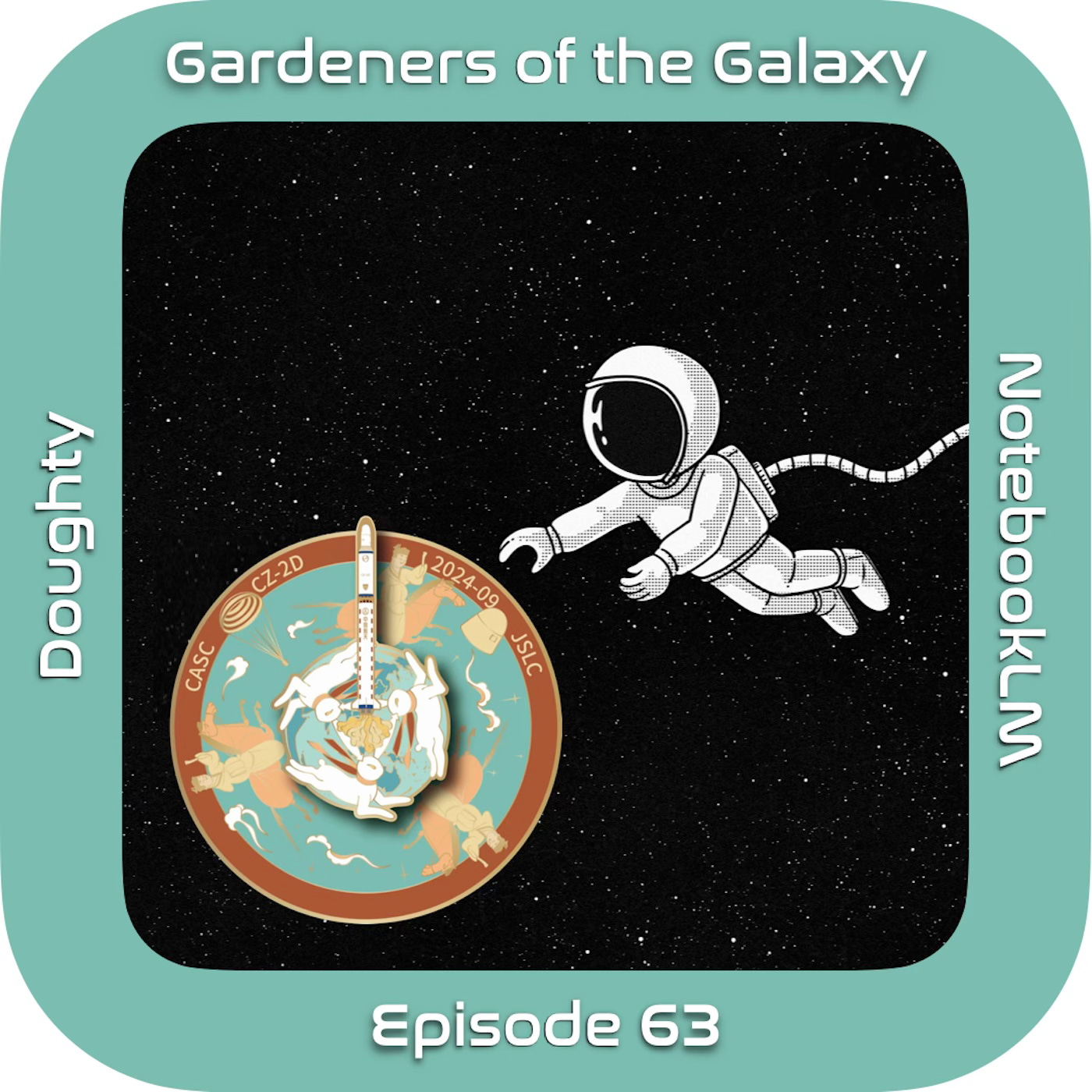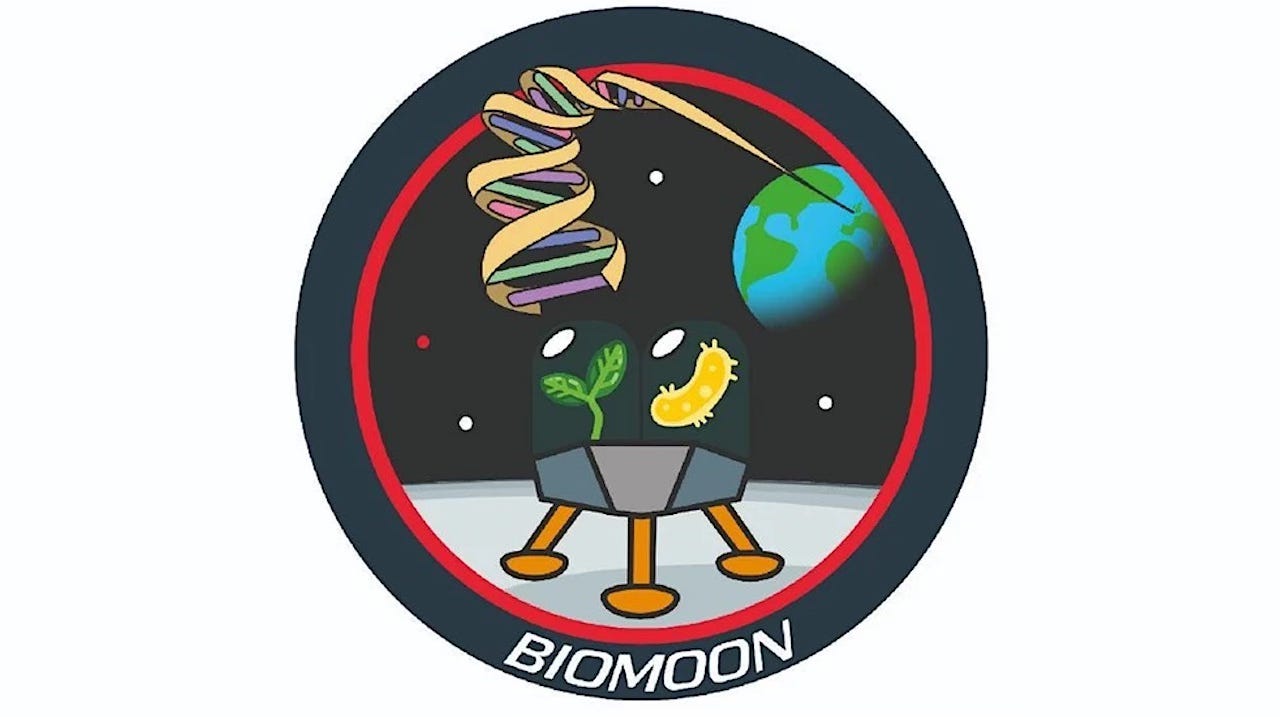Gardeners of the Galaxy Mission Report: 7 January 2025
Your weekly round-up of astrobotany news and adventure. This week we've got cowpeas sprouting in space, lettuce growing on the ISS, Turkish tomatoes on Mars and a new podcast episode!
Hello, Gardeners of the Galaxy, and Happy New Year! Welcome to this week's Mission Report.
Have you given up on any of your New Year’s resolutions yet? I haven’t made any, but Ryan and I are giving my online presence an overhaul. I’d like to move my space botany work to a dedicated space botany website, which seems like a reasonable idea. It’s not without its challenges, though, so watch this space!
In the meantime, there’s another GotG episode for you to listen to. This one is a bit different as my Mission Specialist is not human. I’ve been playing with Google’s NotebookLM and its Audio Overview function. NotebookLM is billed as a "powerful virtual research assistant rooted in information you can trust". But how does it handle the challenge of exploring a space botany mission?
Listen here: Exploring Shijian-19 with NotebookLM (GotG63)
I’d love to hear your thoughts on this episode and my AI Mission Specialist, so please leave me a comment, or drop me a line at earth@spacebotany.uk.
In other news...
One thing I realised after recording that episode was that NotebookLM had omitted one of the things that led me to investigate Shijian-19 in the first place. It failed to mention that Turkey launched its first space breeding project on that mission, so I blogged about that and Turkey’s ambitions to grow a red fruit on the red planet.
Read more: Space chickpeas and Martian tomatoes: Turkish agriculture goes extraterrestrial
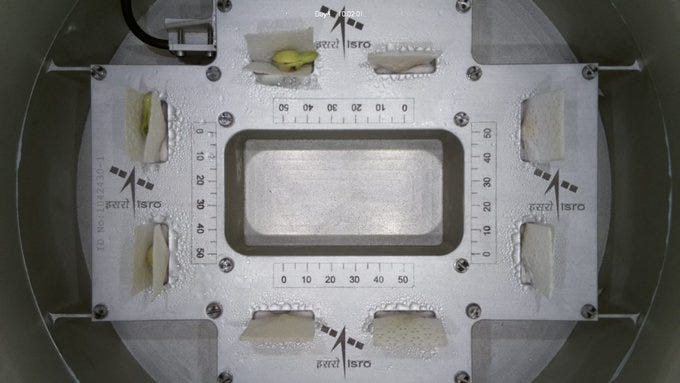
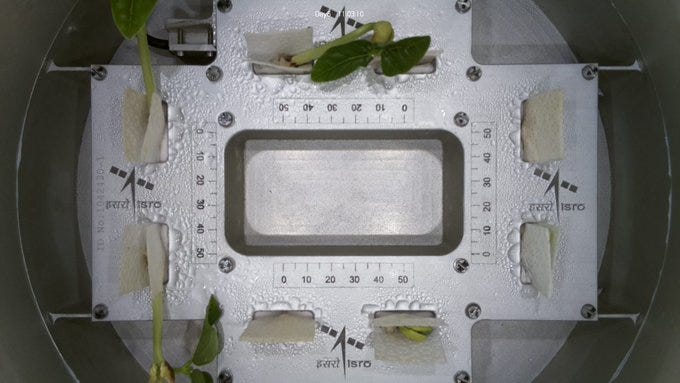
While I was taking a break, India launched a plant experiment into space on its POEM-4 mission. The Compact Research Module for Orbital Plant Studies (CROPS) involves growing eight cowpea seeds in a closed-box environment with active thermal control, for 5 to 7 days. The two images above show successful germination after 4 days, and then the first leaves unfurling.
Potato plants naturally produce chemicals that protect them from insects. The chemicals, called steroidal glycoalkaloids, or SGAs, make certain parts of these crops inedible. Scientists led by Adam Jozwiak at UC Riverside have identified a key genetic mechanism in SGA production, which could make it easier to store and transport potatoes. Their findings could enable the use of other plant parts, such as leaves, for food in limited-space environments like space missions or vertical farming systems.
Read more: Growing safer spuds: removing toxins from potatoes
Researchers investigating two hardy plants from Earth’s most extreme continent tried growing them in simulated Moon and Mars soils and discovered surprising potential for lunar gardening. While their subjects - a moss called Sanionia uncinata and a flowering plant named Colobanthus quitensis – found life too tough in Martian regolith, they both thrived in lunar conditions.
Read more: Antarctic Plants Show the Way to Life on the Moon
Michigan State University Distinguished Professor Federica Brandizzi was awarded the Professor Luigi Tartufari Prize by the Accademia Nazionale Dei Lincei in November. Among Brandizzi’s research endeavours was a seed experiment aboard NASA’s Artemis I designed to explore how plants could be grown in space, to support astronauts on long-haul voyages – or even feed the ones who might touch down on our cosmic neighbours.
Read more: Among the stars: Brandizzi recognized for plant science impact
NASA’s Science Mission Directorate has announce a grant funding opportunity for research emphases on Precision Health and Space Crops. Step 1 proposals are due by 4 February 2025.
Read more: NASA Space Biology Research – Final Text and Due Dates – ROSES-24 Amendment 85: E.9
Multiple studies of plants on the space station have tested a wide range of crops and methods for growing them. Researchers have successfully grown lettuces, Chinese cabbage, mustard greens, kale, tomatoes, radishes, and chile peppers in space. While Plant Habitat-07 was in progress on the ISS last month, NASA published a round-up of results from earlier plant studies.
Read more: Space Gardens
(NASA also published its LEO Microgravity Strategy in December.)
The BioMoon team have come up with a concept for an integrated mission focused on answering fundamental and applied biological questions on the Moon. The mission is designed to investigate the effects of the lunar radiation, gravity, and regolith on biological systems.
Read more: BioMoon: A Concept For A Mission To Advance Space Life Sciences And Astrobiology On The Moon
Green Times has a fancy interactive feature on ESA scientists exploring how to grow plants beyond Earth, with input from Dr Nicol Caplin and Eng. Christel Paille. Personally, I find the way the graphics move around beyond irritating, but YMMV.
Read more: Exploring the Frontier of Plant Growth
The latest SALAD newsletter includes a feature by Ruth Nichols outlining the Chinese space agriculture program. It has sent me down the rabbit hole of trying to work out which Chinese space missions have included space breeding payloads. The short answer seems to be all of them, so my efforts to compile a list might take a while.
Air & Cosmos publie un article sur Selenar Fungi, une équipe d'étudiants qui explore des moyens innovants pour soutenir la vie végétale dans l'espace en utilisant des symbiotes mycorhiziens.
Read more: Expérience étudiante de botanique lunaire
Hab-1 - short for Habitat-1 – is Indian space agency Isro's first-ever "analog mission" which means simulation of space conditions to prepare astronauts for real space missions. It was recently tested for three weeks in the high Himalayan mountains of Ladakh.
Read more: Could this be what our home on Moon or Mars might look like?
ESA, the Portuguese Space Agency and the Portuguese Navy are using submarines to recreate the isolation and confinement challenges in space. The first crew of the SubSea project completed a 60-day underwater expedition, with more missions planned.
Read more: Submarines for space exploration
Asahi Shuzo, the makers of the renowned Dassai sake, are planning to send sake ingredients to the ISS, where they will undergo a unique fermentation process in the microgravity environment. The company is currently developing specialised brewing equipment for space-based fermentation. The targeted launch window is expected in 2025.
Read more: $500,000 a glass: Space-made Japanese alcohol could be most expensive drink ever
Robin Wordsworth, Professor of Earth and Planetary Sciences at Harvard, and Charles Cockell, Professor of Astrobiology in the School of Physics and Astronomy at the University of Edinburgh, think that life could thrive without a home planet. They point out that ecosystems could generate and sustain the conditions necessary for their own survival.
Read more: Life Could Exist in Space Even Without Planets, Scientists Say
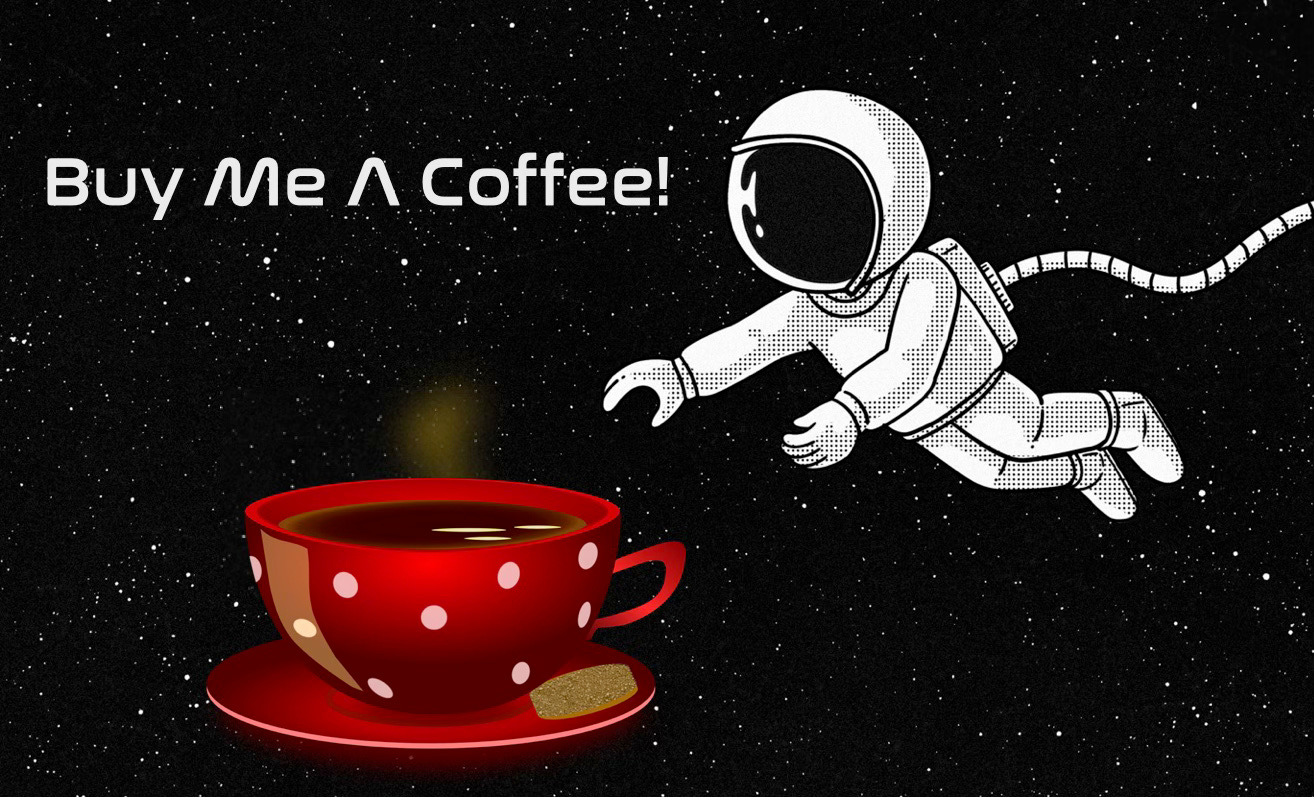
A "strange" prehistoric plant species is the lone representative of a mysterious group of organisms that no longer exists, scientists have discovered. The first evidence of the species - fossilized leaves - came to light in eastern Utah in 1969.
Read more: Mysterious 'Alien Plant' Revealed to Belong to Extinct Family
Biotechnologist Sebastian Cocioba uses gene-editing to create new kinds of flowers more beautiful and sweeter smelling than any that currently exist. He’s hoping to blow the closed-off world of genetic engineering wide open.
Read more: Meet the Plant Hacker Creating Flowers Never Seen (or Smelled) Before
And speaking of modification, Nick Desnoyer genetically engineered the boring Arabidopsis into a beautiful ornamental flower.
Kew Gardens has managed to add more than 300 seeds for rare wild plants to its living collections this year. It is the single biggest introduction of wild plants to Kew’s living collections in the past decade.
Read more: Kew Gardens adds over 300 wild seeds in significant boost to living collection
Groundbreaking tree fossils have been discovered in part of south Devon. Dr Kevin Page found the lycopsids - believed to be about 377 million years old - during a survey of Saltern Cove, near Paignton, which is part of the English Riviera UNESCO Global Geopark.
Read more: 'Significant' tree fossil find at Devon cove
Watch It!
I'll be back in your inboxes next week. Thanks for reading and being part of the Gardeners of the Galaxy community.
Ex solo ad astra,
Emma (Space Gardener)




